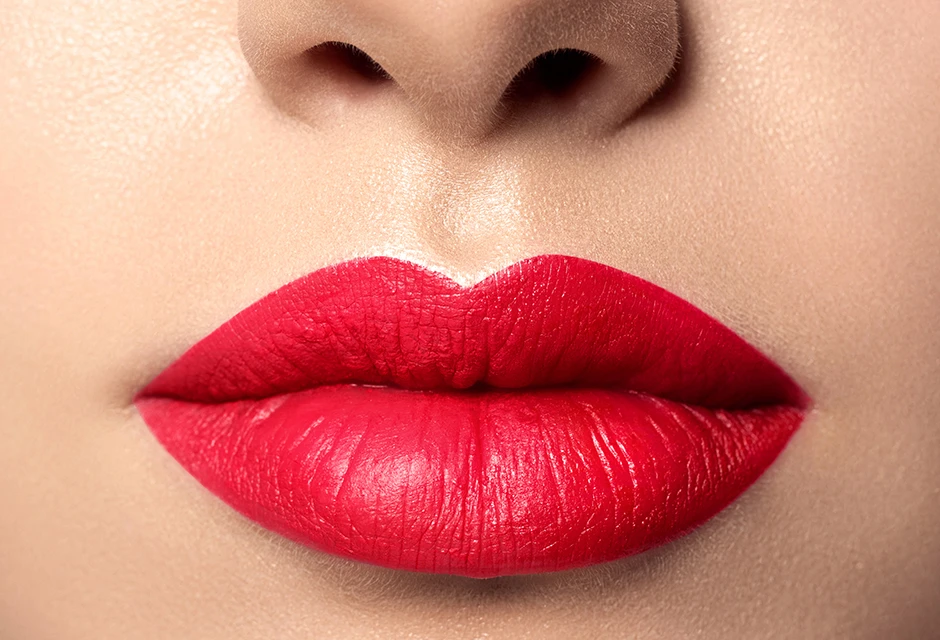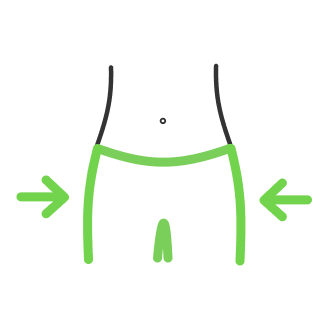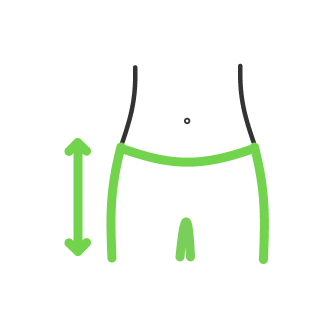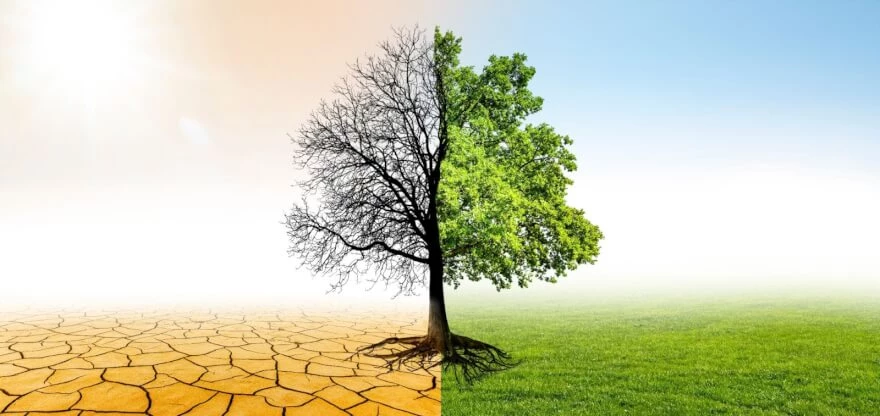A famous politician and talented photographer – Howard Baker Jr.

- Howard Baker’s early age
- Howard Baker in the camera lens
- Political Career
- The second passion
- Man of the people
- Howard Baker’s Museum
Today in our article we would like to tell you about such a remarkable man as Howard Baker. The man who went down in history as a famous politician and former Ambassador of the United States also closely associated his life with photography.
Howard Baker’s early age
Howard Baker was born on November 15, 1925, in Tennessee, and was first introduced to a camera at the age of 12. He loved taking pictures of the world and nature. At that time photography was not very developed, and it was more of a technological discovery for him, a hobby that was not available to everyone. Meanwhile, Howard never left his camera aside. We do not know much about Howard's life in his youth, but his teenage years came across World War II when he was in naval school and rose to the rank of lieutenant in the U.S. Navy. After the war, in 1949 Howard received a law degree from the University of Tennessee and was admitted to the bar where he began his law practice, which brought him closer to a political career.
Howard Baker in the camera lens
To date, his photo library ranges from shots of wildflowers to famous politicians with whom he was in contact while serving as a senator. In addition to photographing, Howard has also been caught in the lens himself.

In this photo taken in late 1980, we see Senate Majority Leader Robert Byrd from Virginia interacting with Howard Baker from Tennessee. That same year Republicans took back the Senate with Howard replacing Byrd in his seat.
Political Career
In 1964 Howard began his political career by losing the senate election to replace Estes Kefauver. However, he lost to Ross Bass by a margin of 4.7 points.
The peak of Howard Henry Baker, Jr.'s career, came from 1967 to 1985. During his political career, Howard went from Senate Minority Leader to Senate Majority Leader. Howard followed in the footsteps of his father, who represented the Second District in his city for the Republican Party from 1951 to 1964. As a member of the Republican Party, Baker was elected to the Senate from Tennessee as the first Republican since Reconstruction.

Baker has been called the “Great Conciliator,” a title he earned popularly for his uncanny ability to find compromises in even the most difficult negotiations, as well as in passing laws. One such was the Clean Air Act with Edmund Muskie, whose respect Baker earned during his campaign along with his other Democratic colleagues despite being in the opposition.
There was also an attempt to run for president on behalf of his party, but Baker did not make it during the primary round. However, he subsequently held a leadership position in the White House under President Reagan, he was ambassador to Japan for four years from 2001 to 2005.
The second passion
Living with a camera not only helped to diversify his political career but also allowed him to reflect on the events he captured in his photographs. Howard discovered his ability to analyze and reflect on events and experiences while being in the Boy Scouts, where his primary photography practice had been. As he says, he learned more about photography in scouts than he did about tying knots. He earned his first income through part-time work as a funeral photographer. Subsequently, Howard kept a so-called photo diary, which allowed him to reconstruct events and tie everything into a whole, which also allowed him to reveal additional information.
As he progressed in his political career, the hobby allowed him to distract and relax. But at the same time, he did not part with his camera even when making important political decisions “behind closed doors”.

But by the law of meanness, there was one event to which he decided not to take his camera, and he regretted it deeply. It was during the signing of the Watergate Accords in the Senate, that he represented bipartisan interests in a way that was unprecedented in American history.
According to Howard, he thought the event deserved more privacy and respect than a man with a camera, but later he said, “The event was out of that dignity and I had to take pictures”.
Man of the people
An interesting case occurred at the Kodak equipment show.
At the time, Baker was already serving under President Reagan and was a very recognizable figure. One of the engineers was shocked to notice Baker’s presence in the
National Geographic’s building casually walks around and asks thematic questions.
Baker is also known for a number of publications and has published many books, the best known of which are “Howard Baker’s Washington” and “Life through the lens”. The cover of the latter featured a photograph of Ronald Reagan meeting his wife from Aircraft number one on an airfield with the Secret Service watching an unknown event in the distance.

Howard Baker’s Museum
Howard Baker lived a long life and died at the age of 88 on June 26, 2014, after complications from a stroke he suffered earlier. He left a public legacy behind which represents his political career as a crucial part of his life and biography contained in a museum. The museum’s interior has been reconstructed as a copy of his grandfather’s lawyer's bureau. The plot is to reflect on senate decisions as forming world politics integrated with his photographing passion at the same time.

Here you can find his original photographs, office equipment, and his family tree programmed into the touchpad screen.
Co-founder of RetouchMe. In addition to business, he is passionate about travel photography and videography. His photos can be viewed on Instagram (over 1 million followers), and his films can be found on his YouTube channel.
Moreover, his profile is featured on the most popular and authoritative resource in the film industry — IMDb. He has received 51 international awards and 18 nominations at film festivals worldwide.

with RetouchMe














